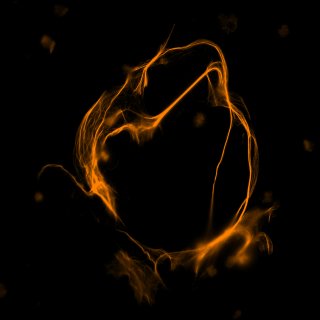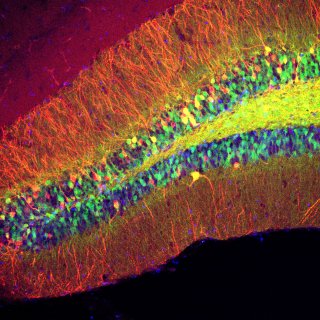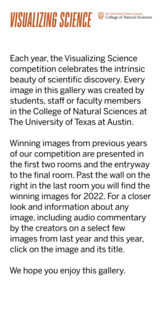
Editors’ Choice 2022
Neutron stars and black holes are the densest objects known to exist, and when they merge, we can witness one of the most extreme events in the universe. In 2021, NSF’s Laser Interferometer Gravitational-Wave Observatory (LIGO) discovered the first neutron-star black-hole merger by detecting the gravitational waves they emitted. Detecting these events requires predicting how the signals should look. By using supercomputers to solve Einstein’s Theory of General Relativity, scientists can simulate these mergers. This image visualizes one such simulation performed by Dr. Bhavesh Khamesra, demonstrating how a neutron star can be ripped apart by a black hole, as the tidal forces overpower the star’s internal gravity.
Credit:
Dr. Deborah Ferguson
Center for Gravitational Physics



